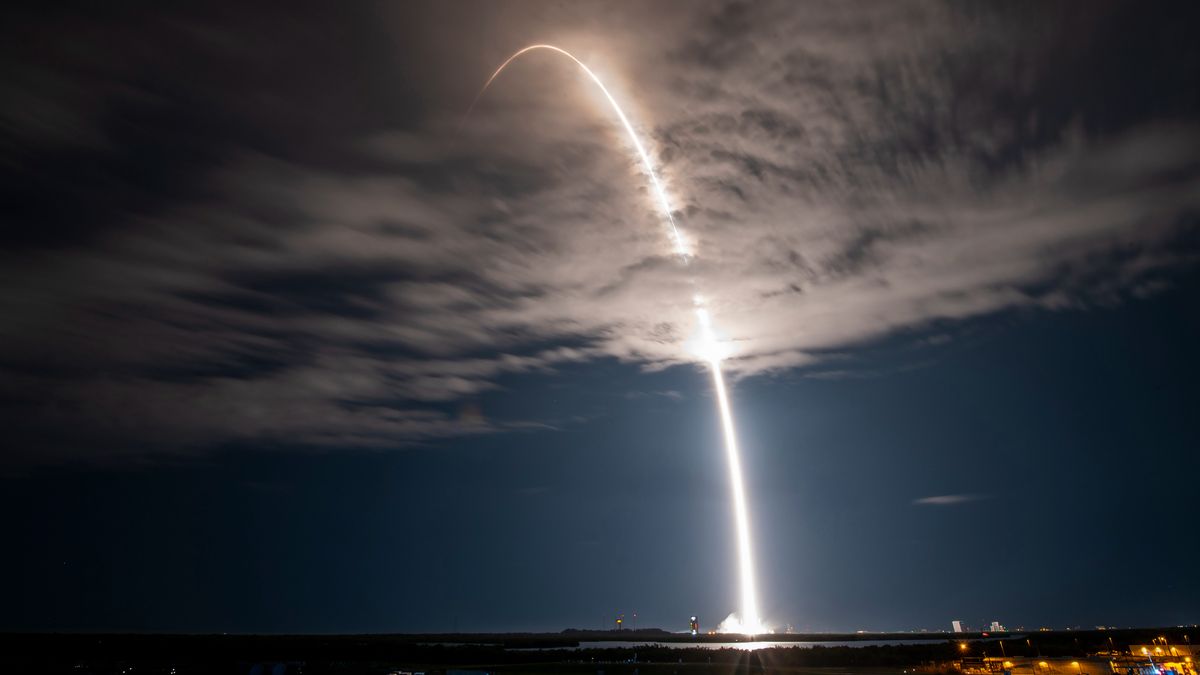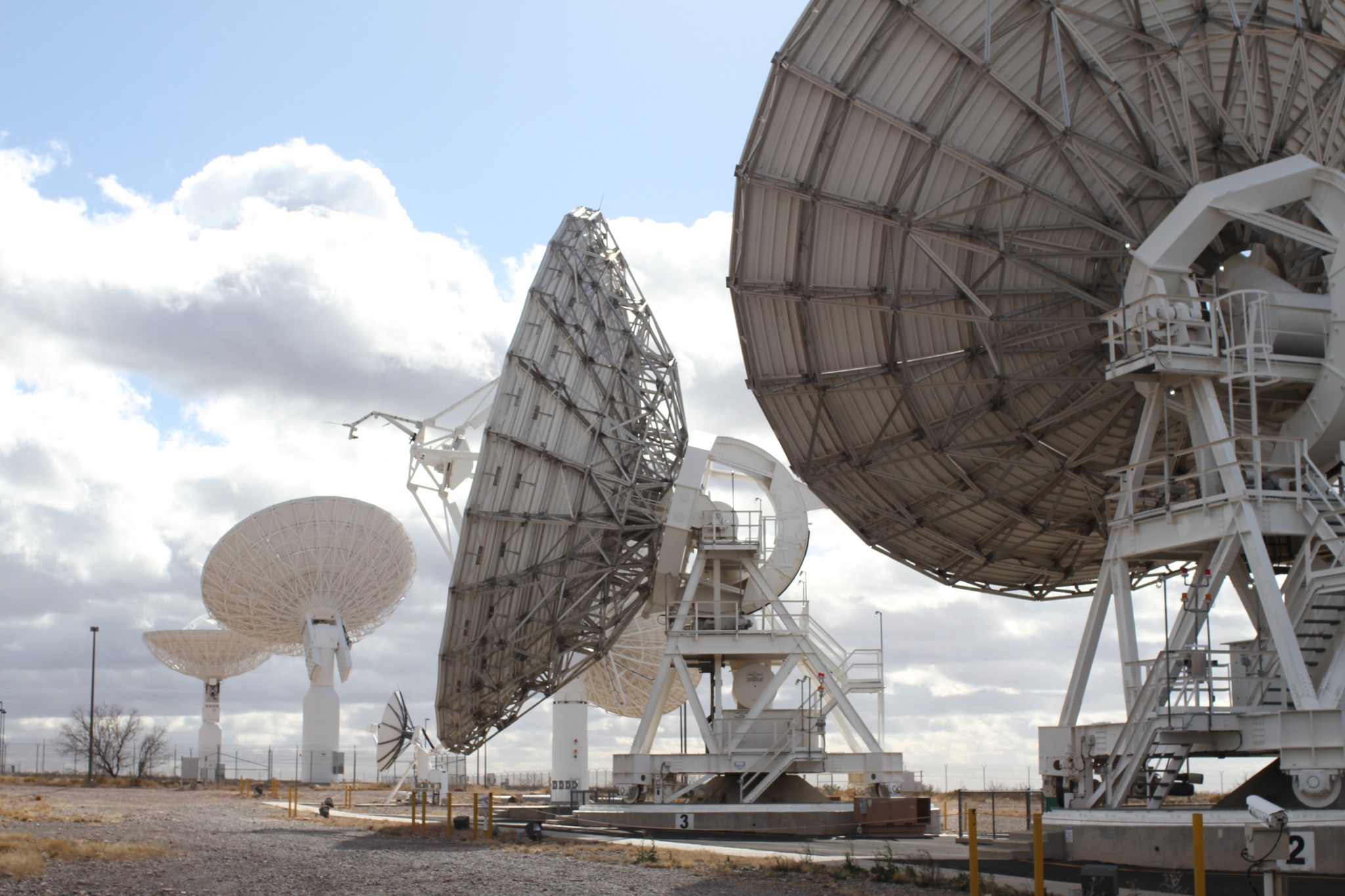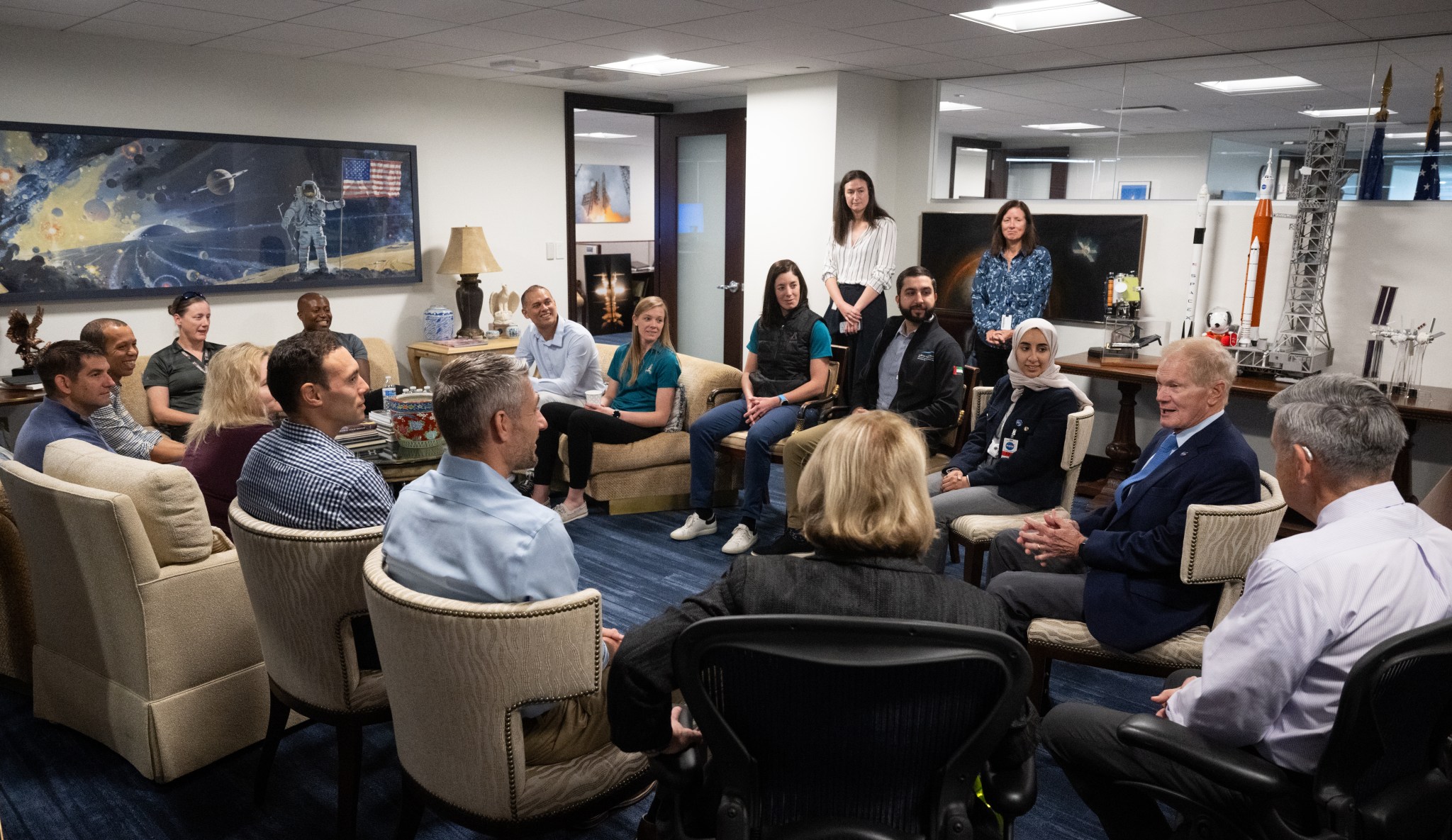This is the way. The spooky way. Halloween and “Star Wars” are a match made in sci-fi heaven, and since that frightful night is just two weeks away, that dynamic duo of the Lego Group and Lucasfilm are cooking up some cosmic chills with three new “Lego Star Wars” Halloween-themed shorts which are now available to watch on Star Wars Kids. These “boo-and-brick-filled tales” appropriate for both older Jedi Masters and impressionable younglings are a brilliant bunch of amusing confections that includes “The Sith Witch of Mustafar,” where the Sith…
Read MoreMonth: October 2023
SpaceX to launch 23 Starlink satellites tonight on 2nd leg of spaceflight doubleheader
A SpaceX Falcon 9 rocket will launch 23 Starlink internet satellites to orbit from Florida tonight (Oct. 21) on the company’s second mission of the day. The Falcon 9 is scheduled to lift off from Florida’s Cape Canaveral Space Force Station tonight at 10:17 p.m. EDT (0217 GMT on Oct. 22). If SpaceX cannot hit that target, there are five backup opportunities available, from 11:07 p.m. EDT to 2:15 a.m. EDT (0307 to 0515 GMT), according to a company mission description. SpaceX will webcast the launch via its account on…
Read MoreNASA Ames, UC Berkeley to build $2 billion space center in Silicon Valley
The University of California, Berkeley, and NASA’s Ames Research Center just announced plans to build a colossal $2 billion space center in Silicon Valley. The collaboration between the University of California and NASA Ames, called the Berkeley Space Center, has been in the works for more than two decades. It will be a training ground for the next generation of space professionals, from engineers and explorers to business leaders in the burgeoning private space industry, team members said. “The NASA mission is twofold: inspiring the next generation of explorers, and…
Read MoreScientists propose ‘missing’ law for the evolution of everything in the universe
Researchers have proposed a “missing” scientific law for the evolution of life, minerals, planets, stars and pretty much everything else in the universe. This new law identifies “universal concepts of selection” that drive systems to evolve, whether they’re living or not. It addresses the tendency for natural systems in the universe to become more complex over time. The research team behind the law, which included philosophers, astrobiologists, a theoretical physicist, a mineralogist and a data scientist, have called it “the law of increasing functional information.” “This was a true collaboration…
Read MoreNASA Academy at Langley Research Center
2 Min Read NASA Academy at Langley Research Center 2021 NASA Aeronautics Academy UAS flight test for mapping ability. Credits: NASA About the NASA Academy at Langley Langley’s NASA Academy’s rigorous and diverse summer research program prioritizes collaboration, teamwork, leadership, innovation, and creativity. Academy participants experience the challenges aerospace professionals face while conducting their research. Along with a team research project, the program includes: Invited lectures on technical topics Weekly discussions with NASA professionals Access to NASA’s advanced research facilities What are the eligibility requirements? Be a U.S. Citizen Be…
Read MoreHome of the world’s most powerful telescopes joins the fight against light pollution
New standards in the fight against light pollution are helping bring darker skies to Chile — not only will this protect our view of the stars, but also human health and biodiversity. Chile is an attractive location for astronomers because its skies are great for stargazing, particularly in the Atacama Desert where tall peaks, a stable atmosphere and over 300 clear nights per year on average provide excellent observing conditions. As such, Chile is home to a large number of the world’s most powerful optical telescopes. The European Southern Observatory…
Read MoreWatch NASA’s VIPER moon rover conquer a lunar ‘obstacle course’ (video)
NASA’s new moon rover prototype successfully completed an obstacle course simulating the rugged terrain of the lunar surface. The rover, called VIPER (Volatiles Investigating Polar Exploration Rover), is expected to launch to the lunar south pole in November 2024 atop a SpaceX Falcon Heavy rocket. To test the rover’s mobility, engineers at NASA’s Glenn Research Center in Cleveland created a simulated lunar environment, including large rocks, steep slopes and deep craters. VIPER is slated to land on Mons Mouton, a mountain near the moon’s south pole. It will touch down…
Read MoreNextSTEP L: CIS Capability Studies II: Wideband/Phased Array/Crosslink
Solicitation Number: NNH16ZCQ001K-CIS-Appendix_L June 12, 2023 – Presolicitation July 6, 2023 – Solicitation released Sept. 13, 2023 — Selections announced Solicitation Overview NASA has released a solicitation notice under the Next Space Technologies for Exploration Partnerships-2 (Next STEP-2) Broad Agency Announcement (BAA) to seek industry-led capabilities studies to inform future communication and navigation activities. NASA’s long-term vision is to provide for a resilient space and ground communications and navigation infrastructure in which space mission users can seamlessly “roam” between an array of space-based and ground-based networks. Initially, NASA seeks to…
Read More2021 Astronaut Candidates with NASA Senior Leadership
NASA Administrator Bill Nelson, second from right, NASA associate administrator Bob Cabana, far right, and NASA Deputy Administrator Pam Melroy (back to camera) speak with the 2021 Astronaut Candidate Class, Wednesday, Oct. 18, 2023, at the Mary W. Jackson NASA Headquarters building in Washington. Upon completion of two years of training they could be assigned to missions that involve performing research aboard the International Space Station, launching from American soil on spacecraft built by commercial companies, as well as deep space missions to destinations including the Moon on NASA’s Orion…
Read MoreFuture NASA Astronauts Speak with Leadership
NASA / Joel Kowsky NASA Administrator Bill Nelson, second from right, NASA associate administrator Bob Cabana, far right, and NASA Deputy Administrator Pam Melroy (back to camera) speak with the 2021 Astronaut Candidate Class, Wednesday, Oct. 18, 2023, at NASA Headquarters in Washington. After two years of training, they could be assigned to missions that involve performing research aboard the International Space Station, launching from American soil on spacecraft built by commercial companies, as well as deep space missions to destinations including the Moon on NASA’s Orion spacecraft and Space…
Read More




